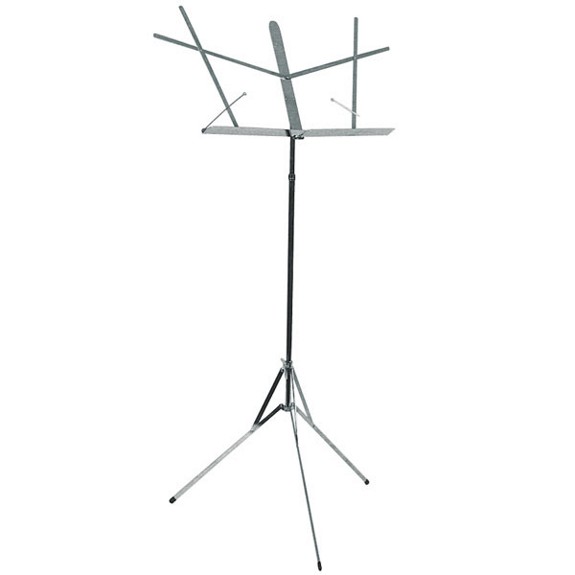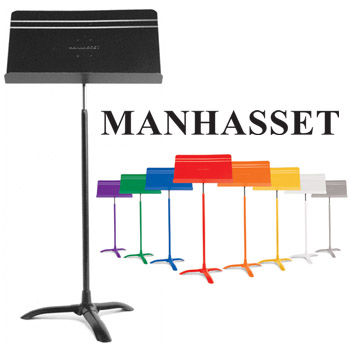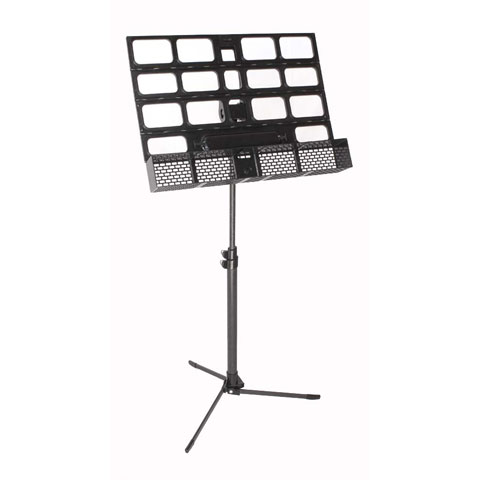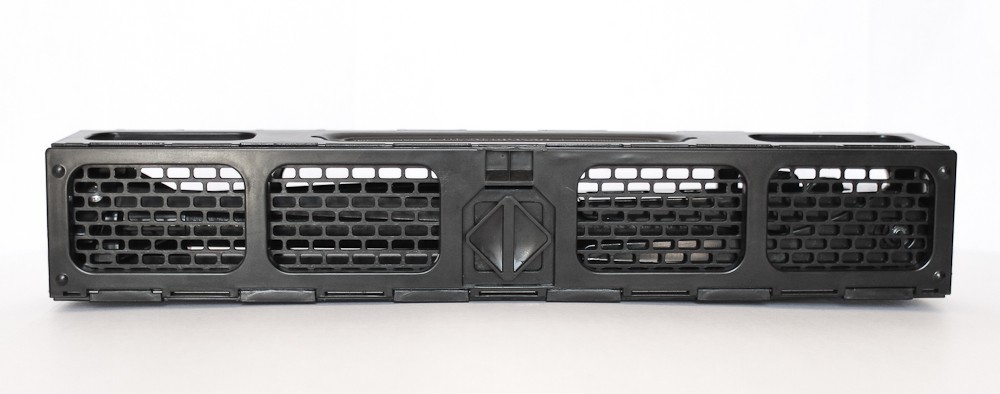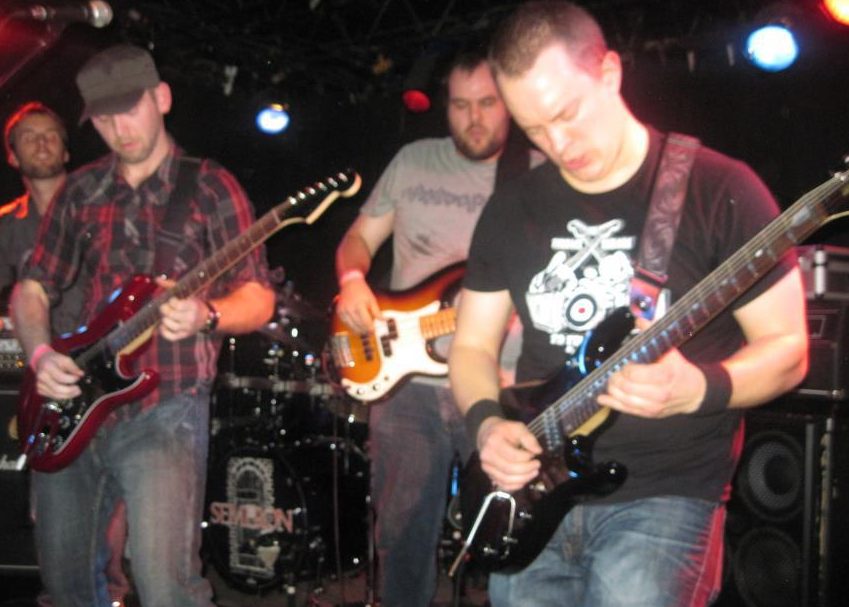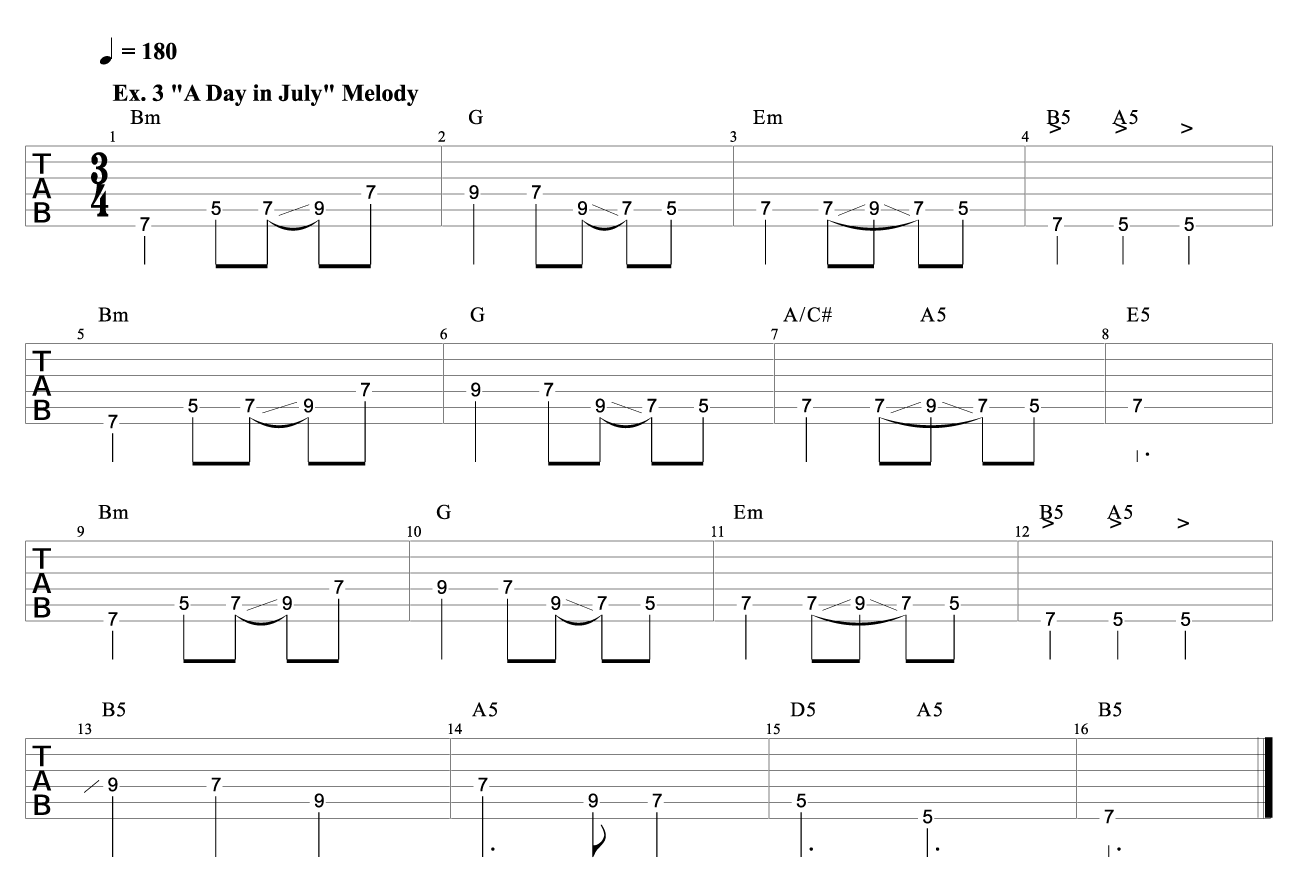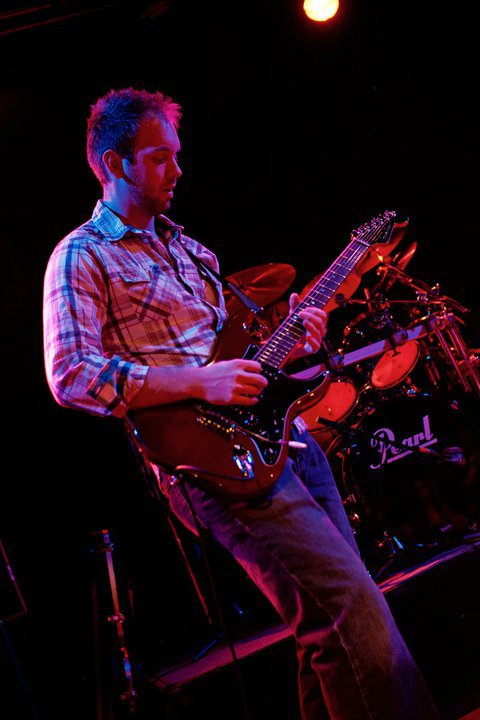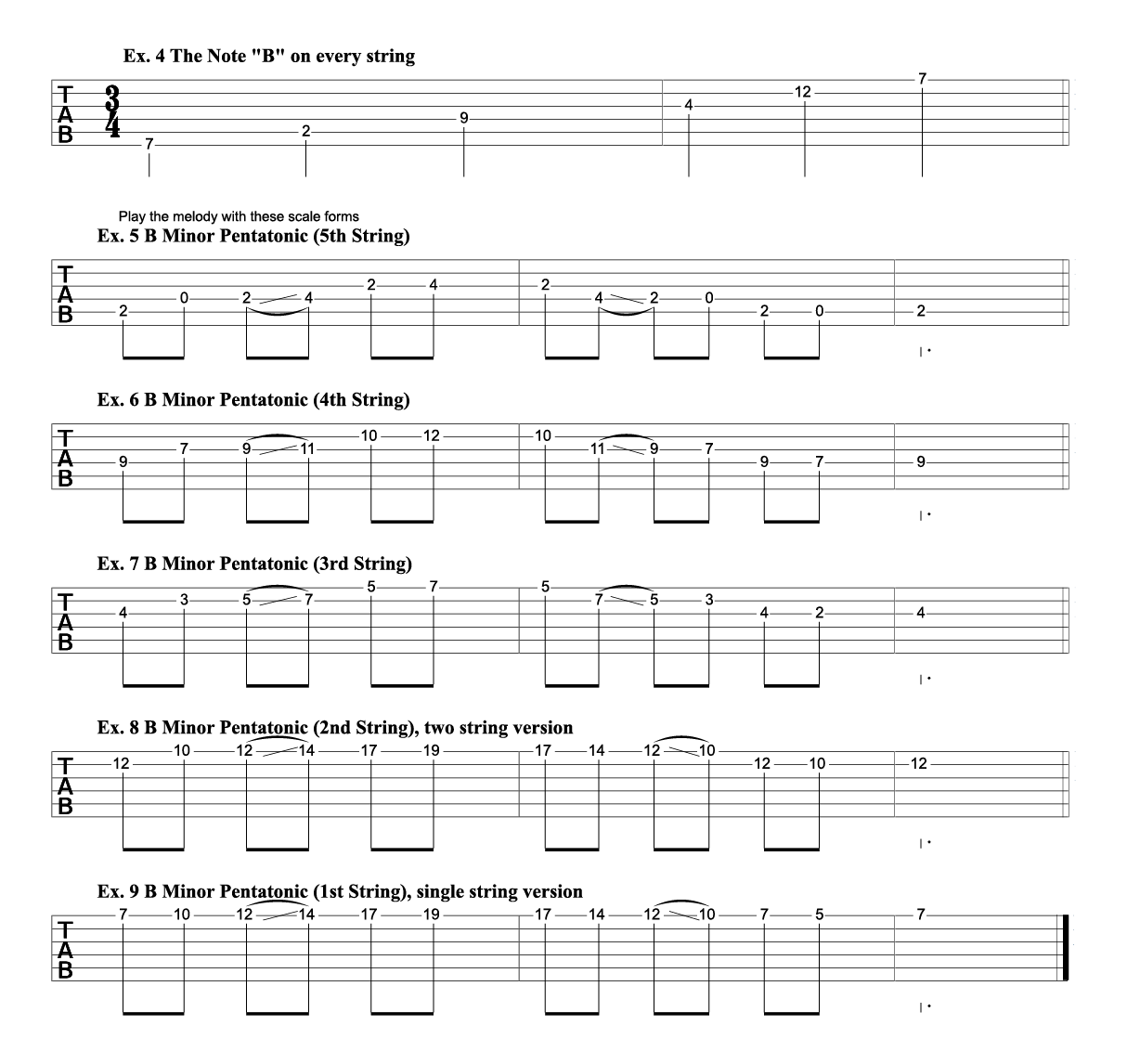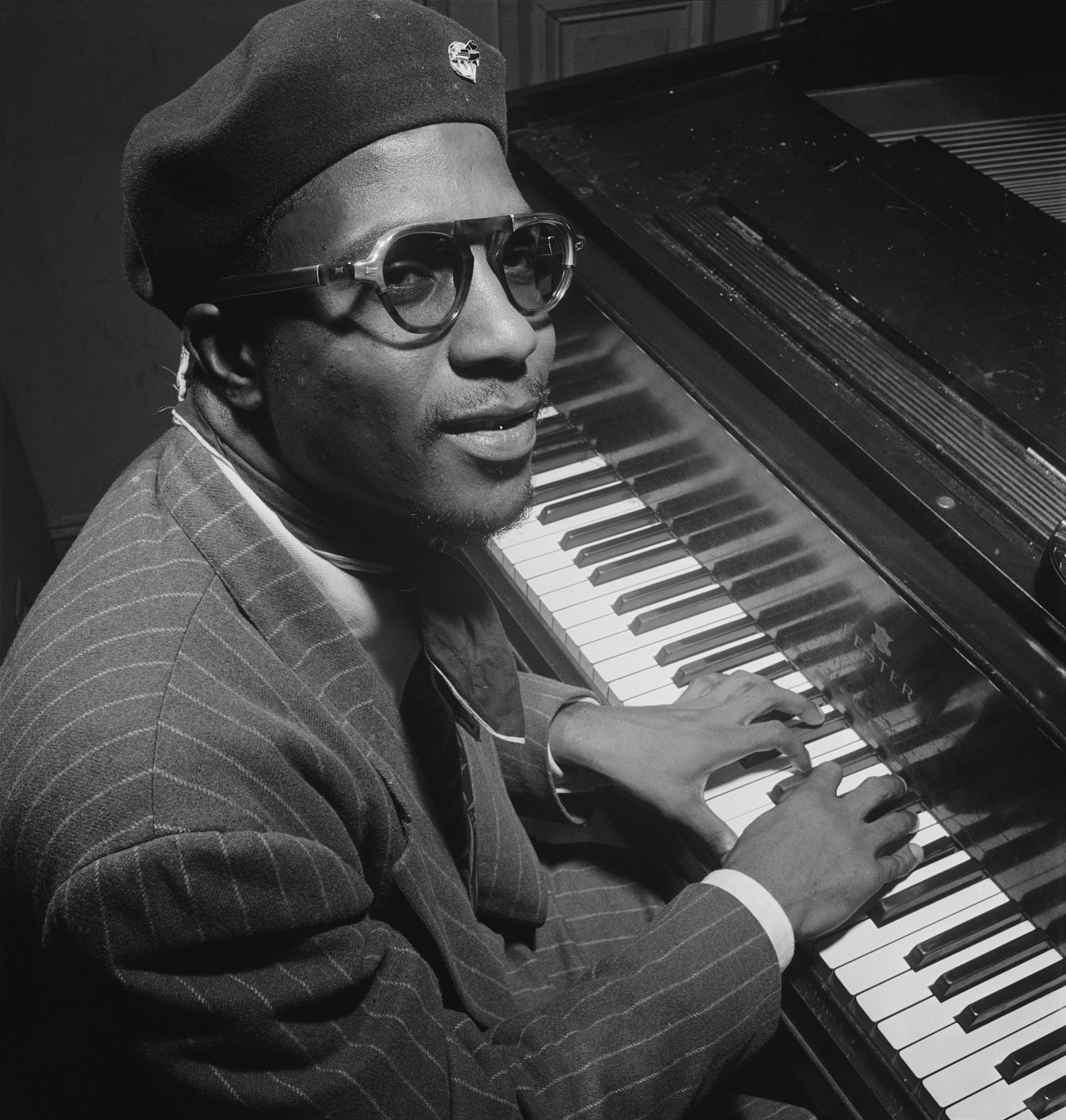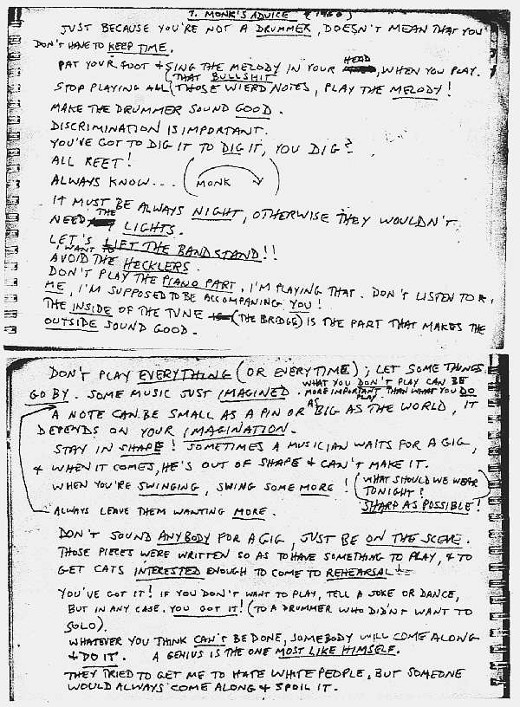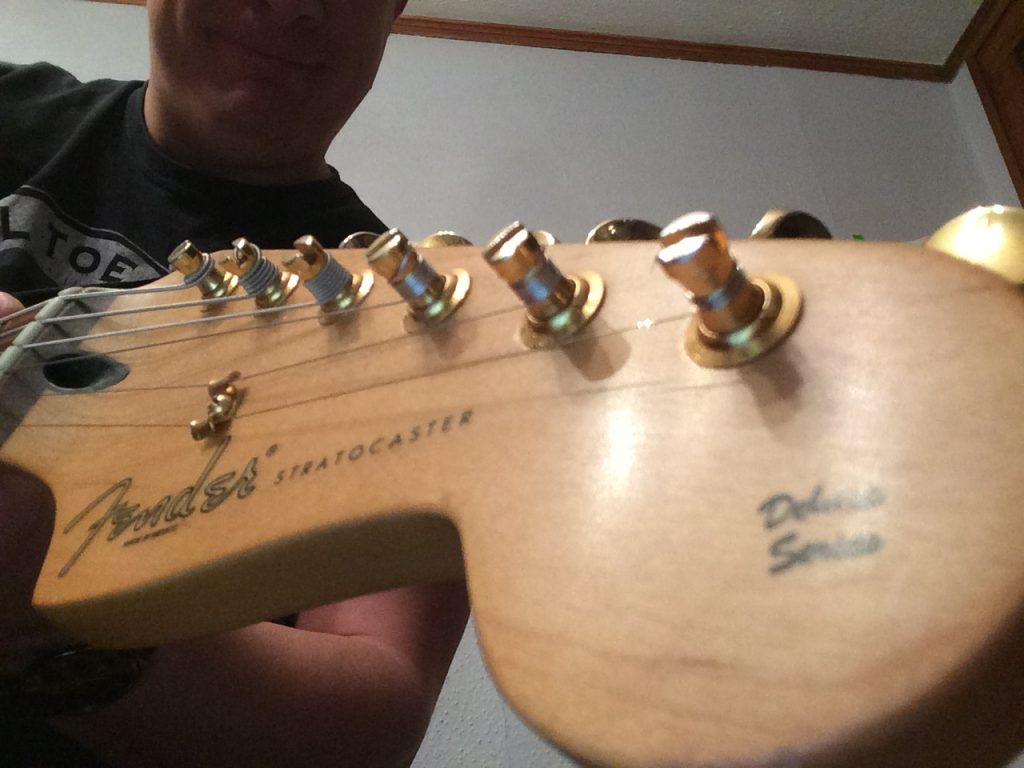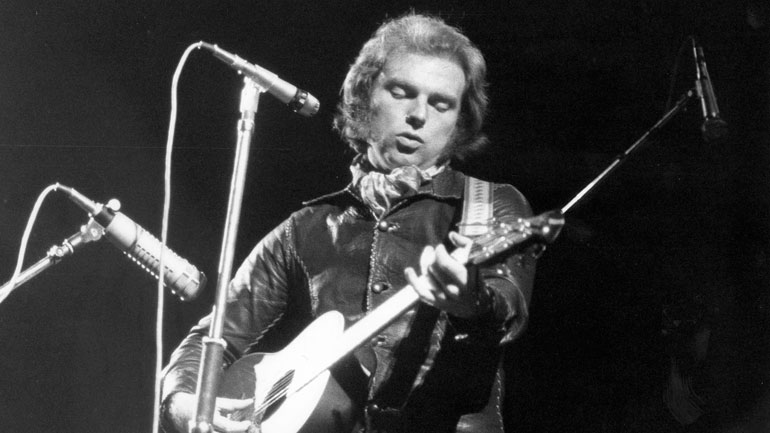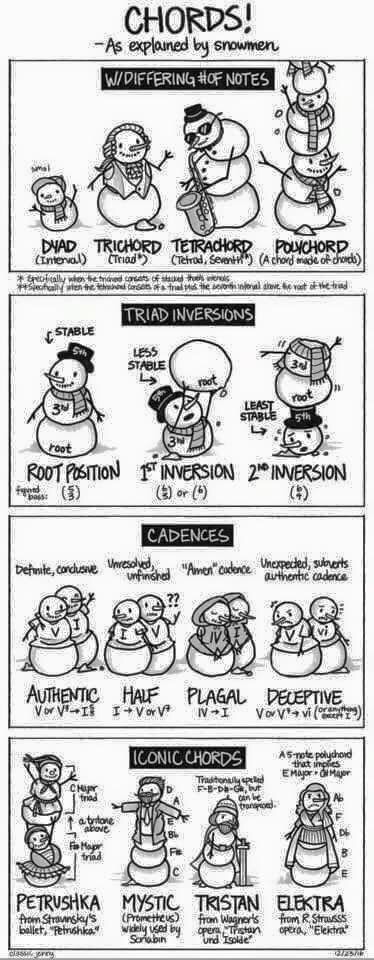A good solid music stand is a valuable companion in learning the guitar. It’s an often overlooked piece of equipment, but utilizing one makes the serious study and learning of guitar much more manageable.
The beginner gray, fold up stand only exists because it is cheap. That’s it. This is for people new to learning music or kids who may not commit to learning music and don’t want to spend a lot of money on a stand, so this flimsy excuse for a stand exists. This one is fine to start with, but the build is often cheap, and it usually can only hold a sheet or two at a time. If you practice with a method book, this stand will fall over on you. This is fine if you are just getting your feet wet with a musical instrument, but should be upgraded as soon as possible.
“Without some sort of music stand, you are almost guaranteed to be hunched over a table or a chair while practicing, which means you’ll likely be uncomfortable and have bad posture – both things that will hinder not only your practice, but potentially your health.”
The best course of action is to save your pennies and buy a Manhasset stand. It is said there are two things that will will survive in a nuclear holocaust, cockroaches and Twinkies. I believe we must add Manhasset stands to that list. They are sturdy, reliable, and built to withstand a bomb blast or whatever you throw at it.
I use the Manhasset stands for gigs all the time. Their solid construction ensures that even if the strongest winds blow or Hades himself shows up from the underworld that the music I’m playing from will be in good shape. (BONUS TIP! Clothesline hooks come in handy for outdoor gigs where the wind is blowing as well).
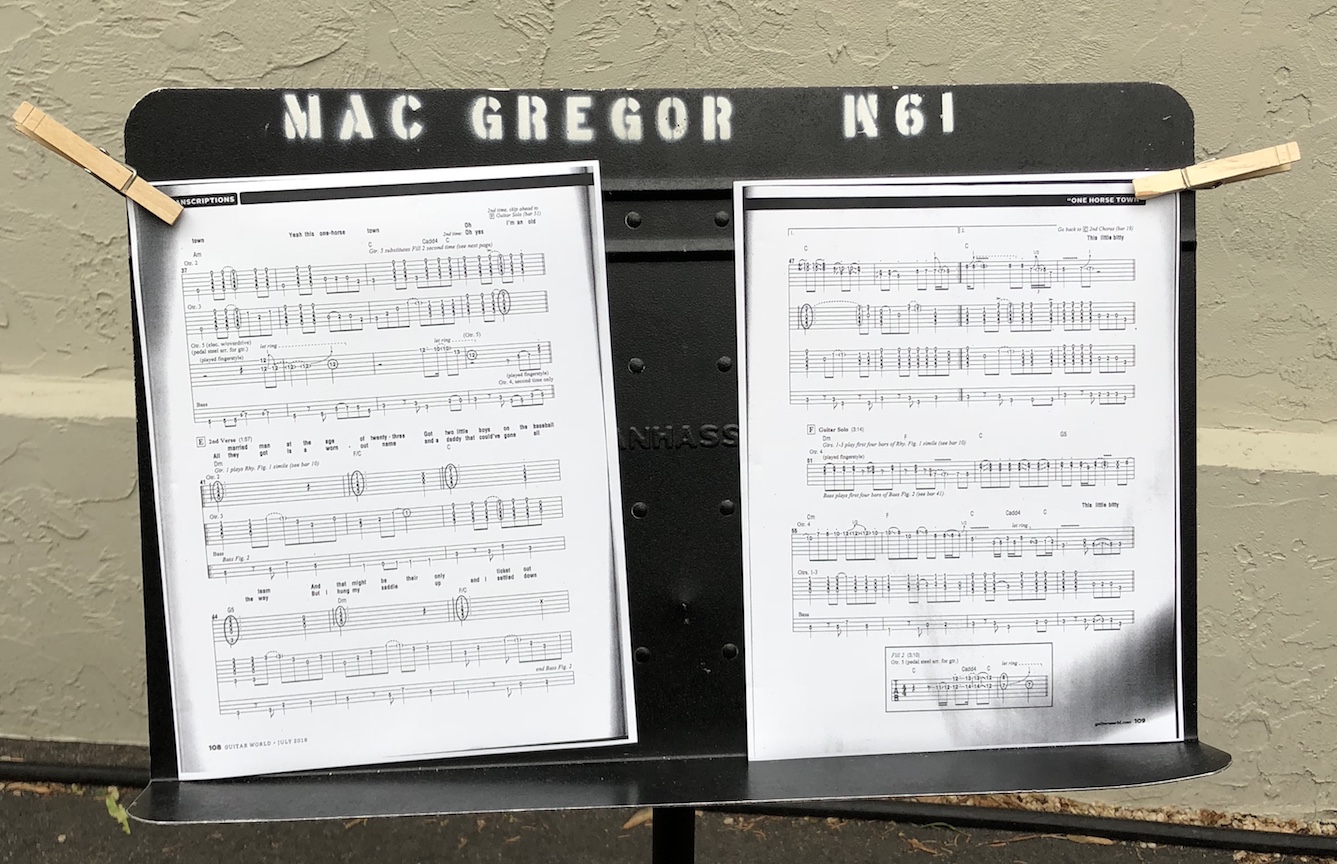
Clothesline hooks can save an outdoor gig on a windy day, and yes, it was actually windy when I took this photo!
I recently picked up a Desca Presto travel stand. This stand is seriously cool. It is designed to be as durable and sturdy as a Manhasset stand, but it’s able to fold down into a small manageable size for ease of carry. I don’t typically need this stand for GB gigs since stands are often times provided, but the Desca Presto has come in handy for one-off gigs, out of town wedding gigs, and teaching remotely.
I teach many of my students out of Chanhassen High School, and the teachers are gracious enough to let me borrow a music stand when I come to teach. However, the stands are on the other side of the building from where I teach, and it is a huge school, meaning it takes a lot of extra time to go get a stand and bring it back. Time is often something I don’t have a lot of by the time I get to work, so the compact Desca Presto has been a perfect solution for teaching away from my home studio.
So why do we need a music stand? This simple tool is where your practice hub will be. You can keep your practice material, pencil, spare picks, or whatever you need to learn and play the music that you want to. Without some sort of music stand, you are almost guaranteed to be hunched over a table or a chair while practicing, which means you’ll likely be uncomfortable and have bad posture – both things that will hinder not only your practice, but potentially your health.
It is fine and highly recommended that you learn things by ear, so you won’t need a music stand for that. However, at some point in your musical journey, you might want to crack open a guitar book or you’ll be handed a piece of music to play, so why not have that music stand ready so you can practice efficiently and comfortably? It’s not an exciting equipment purchase like a guitar or an amp, but it is an investment that will transform your practice and playing dramatically for the better.
What music stand do you use? Do you have an alternate solution or idea for a music stand or do you forgo them altogether?
If you don’t have a high quality music stand, you can buy a Manhasset stand here.
If you need a portable stand that breaks down like a Transformer, you can buy a Desca Presto here.
If you have any thoughts, feelings, snide remarks, Shakespearean insults, questions, comments or suggestions for topics then please let me know. Leave a comment below or send me an e-mail.
You can also connect with me via Instagram, Twitter, and/or Facebook to keep up to date with new lessons, articles, and content.

